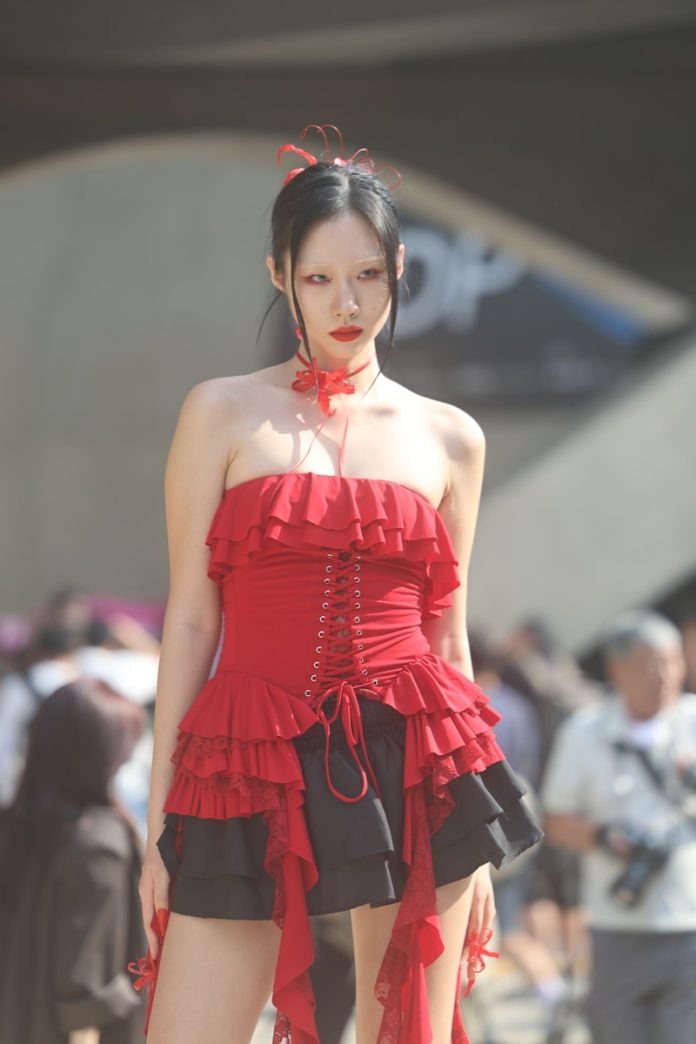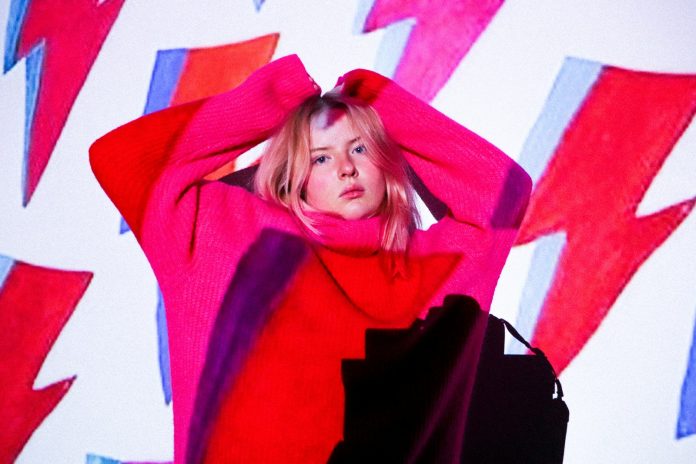In a world increasingly driven by instant gratification, quick fixes, and cosmetic shortcuts, there exists a quiet revolution that encourages intention, ritual, and self-care. This is the heart of K-beauty—a philosophy of skincare born in South Korea that has captivated the world with its emphasis on holistic well-being, meticulous routines, and skin that gleams with vitality. At the center of this movement lies the ultimate aspiration: glass skin.
“Glass skin” refers to a complexion so luminous, even-toned, and hydrated that it appears almost translucent—smooth like glass, reflective like dew, and clear as crystal. But glass skin is more than just a trend or aesthetic; it’s the manifestation of a deeper ideology—one that blends time-honored traditions with cutting-edge innovation. It is the new cool, redefined through old school dedication to self-nurturing practices. In many ways, it represents the perfect fusion of vintage beauty values and modern sensibilities—a true case of “Old School, New Cool,” reimagined through the lens of skin health.
The Origin of Glass Skin: Tradition Meets Science
K-beauty’s roots stretch deep into centuries-old rituals, drawing from herbal medicine, fermented ingredients, and nature-based remedies. Historically, Korean beauty culture prioritized health over superficial enhancement. Glowing skin was seen as an outward sign of inner balance and purity—attainable through natural remedies and consistent care rather than instant results.
The concept of glass skin draws heavily from these traditional views, emphasizing the long-term cultivation of skin that is hydrated, firm, and resilient. Unlike the heavy makeup trends of the West, Korean beauty ideals celebrate minimalism and the skin’s own natural glow. This return to basics, or rather, back to the wisdom of ancestral skincare, is what makes glass skin so compelling. It is an old-school pursuit reimagined for the modern world—an evolution rather than a departure.
At the same time, Korea has positioned itself at the cutting edge of skincare innovation. From snail mucin and ginseng to peptides and microfluidic delivery systems, the K-beauty industry harmonizes old-world wisdom with modern science, giving rise to products that feel futuristic while grounded in heritage. The result is a skincare philosophy that honors the past but thrives in the now.
The Ritual of Radiance: Intention in Every Layer
At the core of glass skin is the ritualistic approach to skincare. Where Western routines often revolve around efficiency—three steps or less—the glass skin routine is intentionally layered, deliberate, and almost meditative. It’s not uncommon to see 7 to 10 steps in a K-beauty routine, each serving a precise function: cleansing, exfoliating, toning, hydrating, nourishing, and sealing in moisture.
The idea is not excess for the sake of vanity, but mindfulness in practice. Each step becomes a moment of pause, a return to oneself in a fast-paced world. It’s skincare as self-care, rooted in the belief that beauty is cultivated daily—not manufactured overnight.
This layering process, known as “skin flooding,” involves introducing hydration in incremental stages—using essence, ampoule, serum, and moisturizer to build and retain moisture deep within the skin. This method is what gives glass skin its hallmark look: not greasy, not matte, but dewy and supple, like morning dew on a petal.
There is something distinctly vintage about this approach. It’s reminiscent of how previous generations would spend dedicated time on grooming and rituals before facing the world. Yet it’s also futuristic—leveraging ingredients like hyaluronic acid, niacinamide, and advanced emulsifiers to achieve visible results without harming the skin’s microbiome.
The Glow of Wellness: Beyond Superficial Beauty
What makes the concept of glass skin truly powerful is that it transcends aesthetics. It’s not just about how your skin looks—it’s about how your skin functions. A glass skin complexion signals optimal hydration, strengthened barrier function, and a balanced microbiome. In a way, it becomes an indicator of health and emotional well-being.
This mirrors the broader movement of embracing natural beauty and holistic wellness. In a time when social media often promotes filtered perfection and instant transformations, the K-beauty philosophy gently rebels by asking: What if we took the long road? What if we honored our skin instead of fixing it?
Here again, we see the vintage ethic reimagined. Decades ago, skincare was a slow process involving homemade masks, cold cream rituals, and careful attention to ingredients. Glass skin honors this ideology, not by rejecting progress, but by grounding it in patience and consistency. It is the new cool—not loud or flashy, but quietly radiant.
Technology as a Bridge Between Eras
K-beauty’s approach to skin radiance doesn’t reject technology; instead, it uses it to elevate traditional practices. Many brands have pioneered the use of micro-encapsulation, slow-release actives, and fermented ingredients that deliver deeper nourishment. Sheet masks infused with green tea extract or rice water—a traditional staple in Korean households—are now combined with hydrogel technology and advanced penetration enhancers.
Glass skin isn’t about looking flawless for a photograph. It’s about achieving a state where skin behaves at its healthiest, most balanced level. Devices like LED masks, skin analyzers, and ultrasonic infusers are also part of the modern toolkit for attaining glass skin. These innovations don’t replace the ritual—they enhance it.
We are witnessing a cultural reimagining: where ancestral wisdom is plugged into a digital age, and age-old beauty aspirations are realized through contemporary tools. This synthesis is the hallmark of reimagined vintage—a lifestyle that respects its roots while evolving forward.
Cultural Influence and Global Appeal
The global rise of glass skin as a beauty aspiration reveals a cultural shift. More than a trend, it has become a language of care—translated across continents, skin tones, and generations. From Hollywood red carpets to influencer skincare routines, the hallmarks of K-beauty are everywhere: the soft glow, the minimalist makeup, the emphasis on inner glow rather than surface shine.
Celebrities like Hailey Bieber, Alicia Keys, and Zendaya have publicly embraced routines inspired by glass skin principles—hydration-focused, glow-enhancing, and subtle. Their influence further embeds the idea that natural, well-tended skin is not only desirable but aspirational.
Yet even as it becomes mainstream, the essence of glass skin remains personal. It’s not about following a template, but building a routine that honors your unique needs. This universality, paired with deep cultural roots, makes glass skin the perfect example of a reimagined classic: it’s both ancient and current, both local and global.
Radiance as Resistance
Perhaps one of the most powerful aspects of the glass skin movement is its quiet defiance of pressure-driven beauty standards. In a society obsessed with anti-aging, contouring, and camouflaging imperfections, glass skin says: Glow is enough. Hydration is healing. Imperfection is human.
This ethos can be seen as a return to—and departure from—beauty standards of the past. Where previous generations might have masked or powdered their skin into submission, today’s glow getters are focused on nourishment, repair, and authenticity. This is the rebellion: not against age, but against the idea that skin must be manipulated to be beautiful.
Glass skin becomes not just a look, but a lifestyle. It is the evolution of self-respect, where taking care of one’s skin is not indulgent but essential. It’s the glow that comes from care, from consistency, from honoring tradition while embracing the new.












